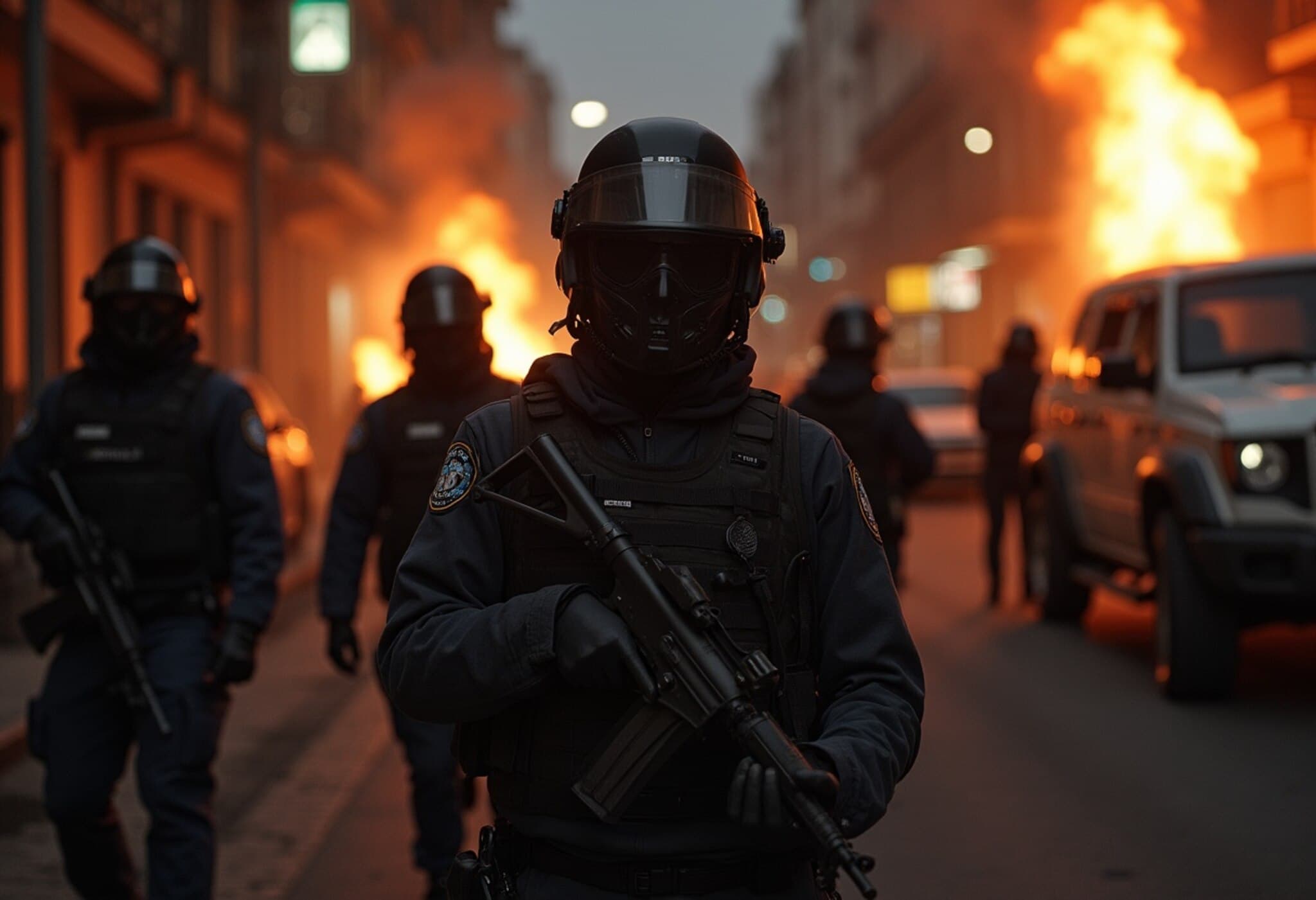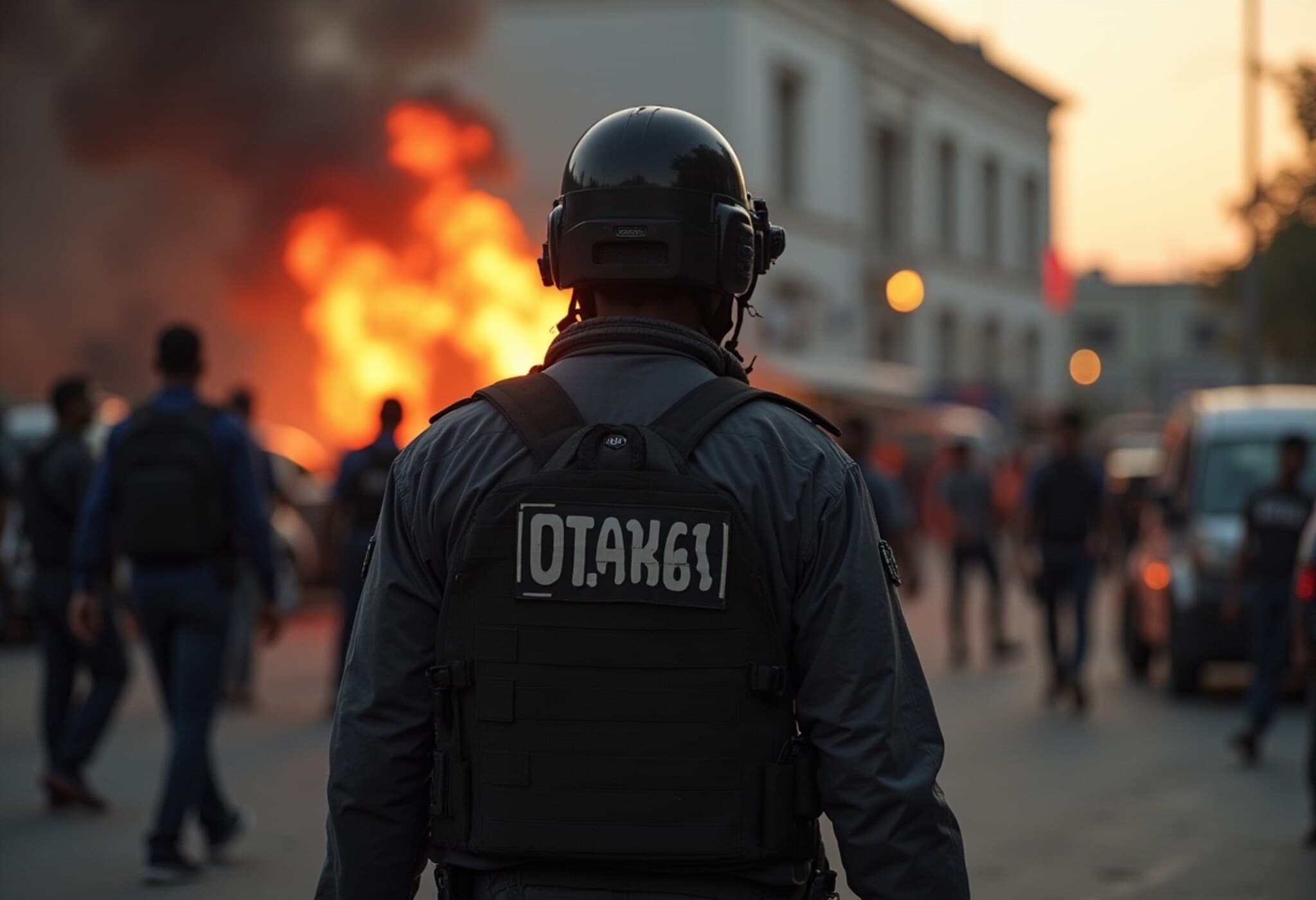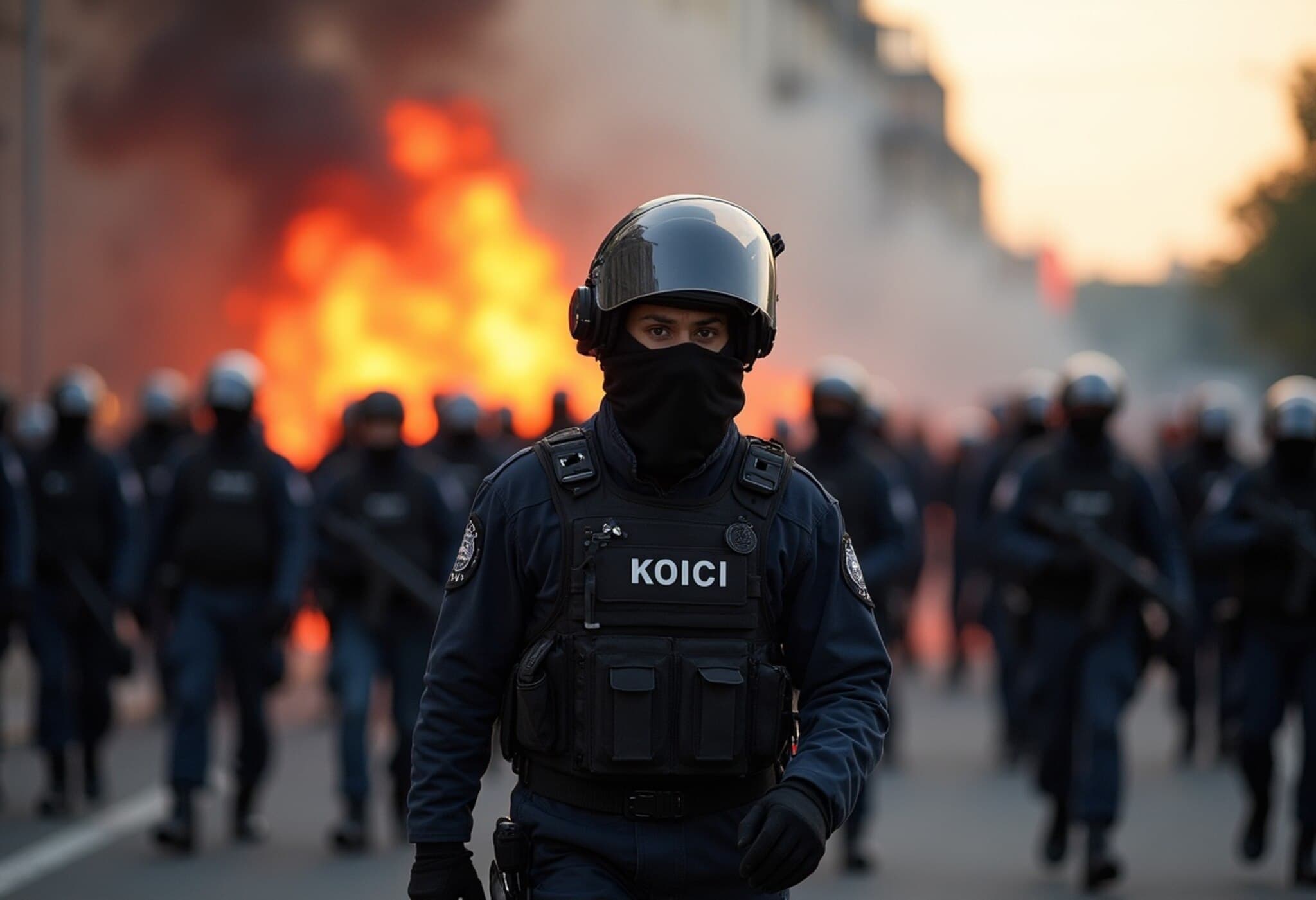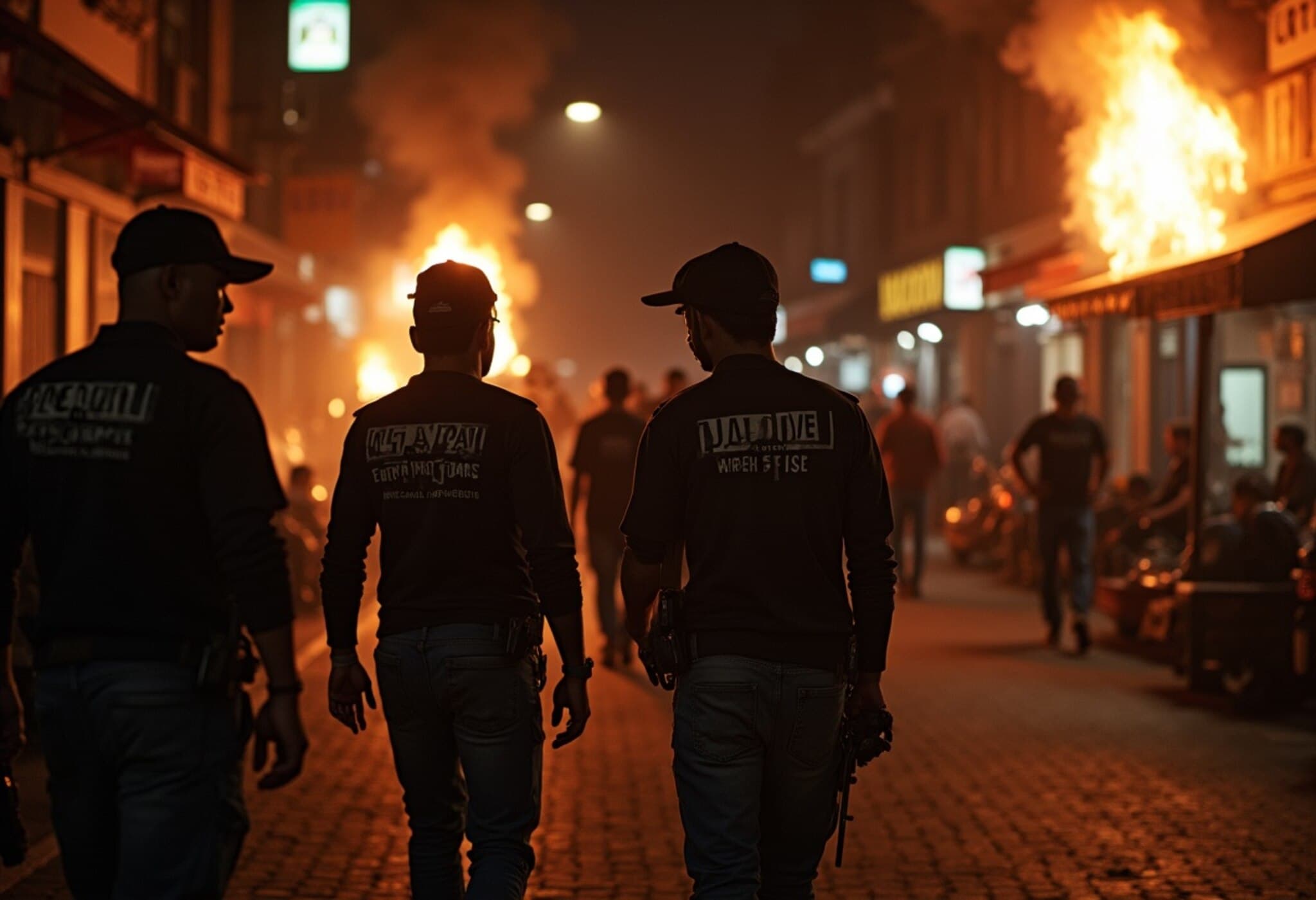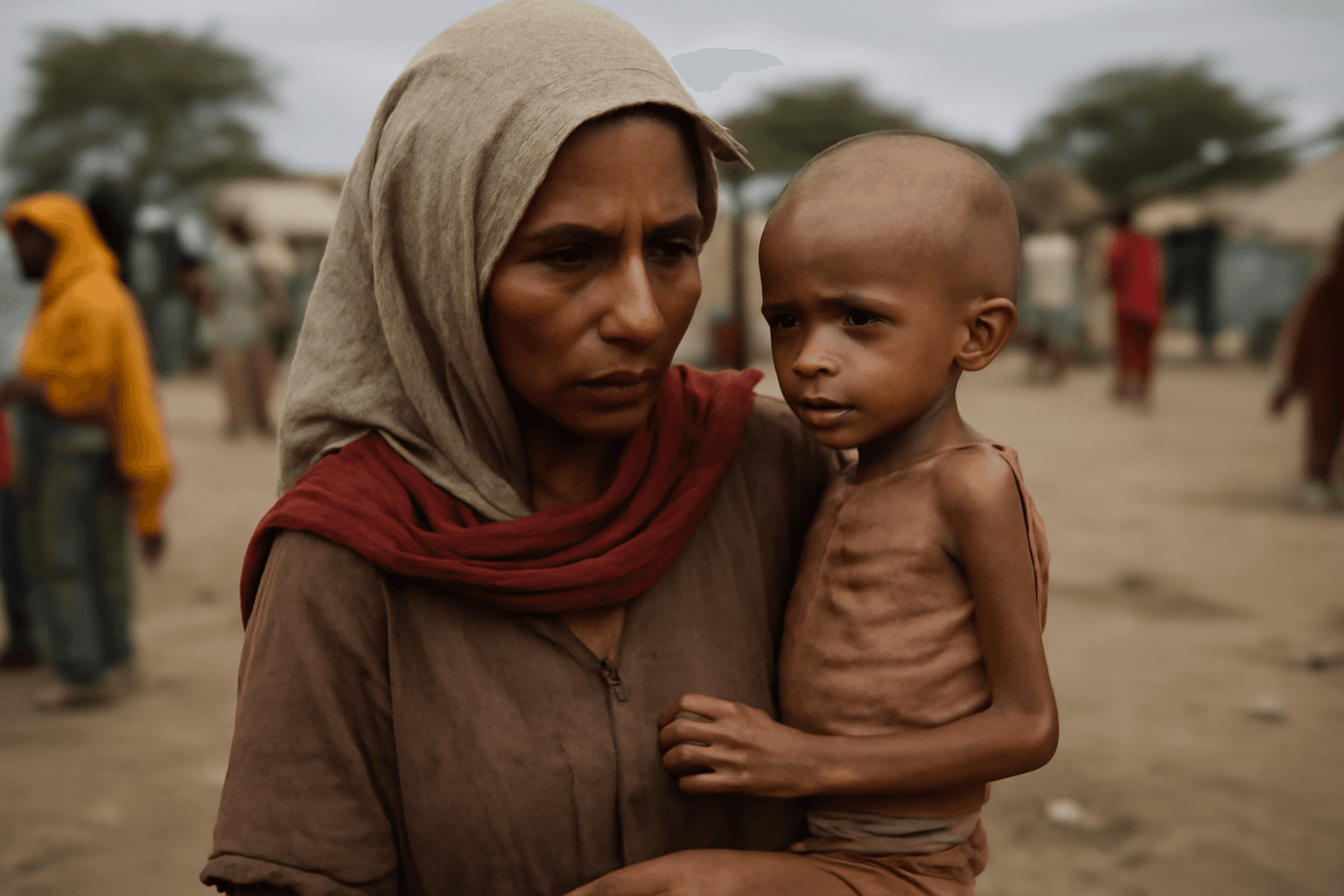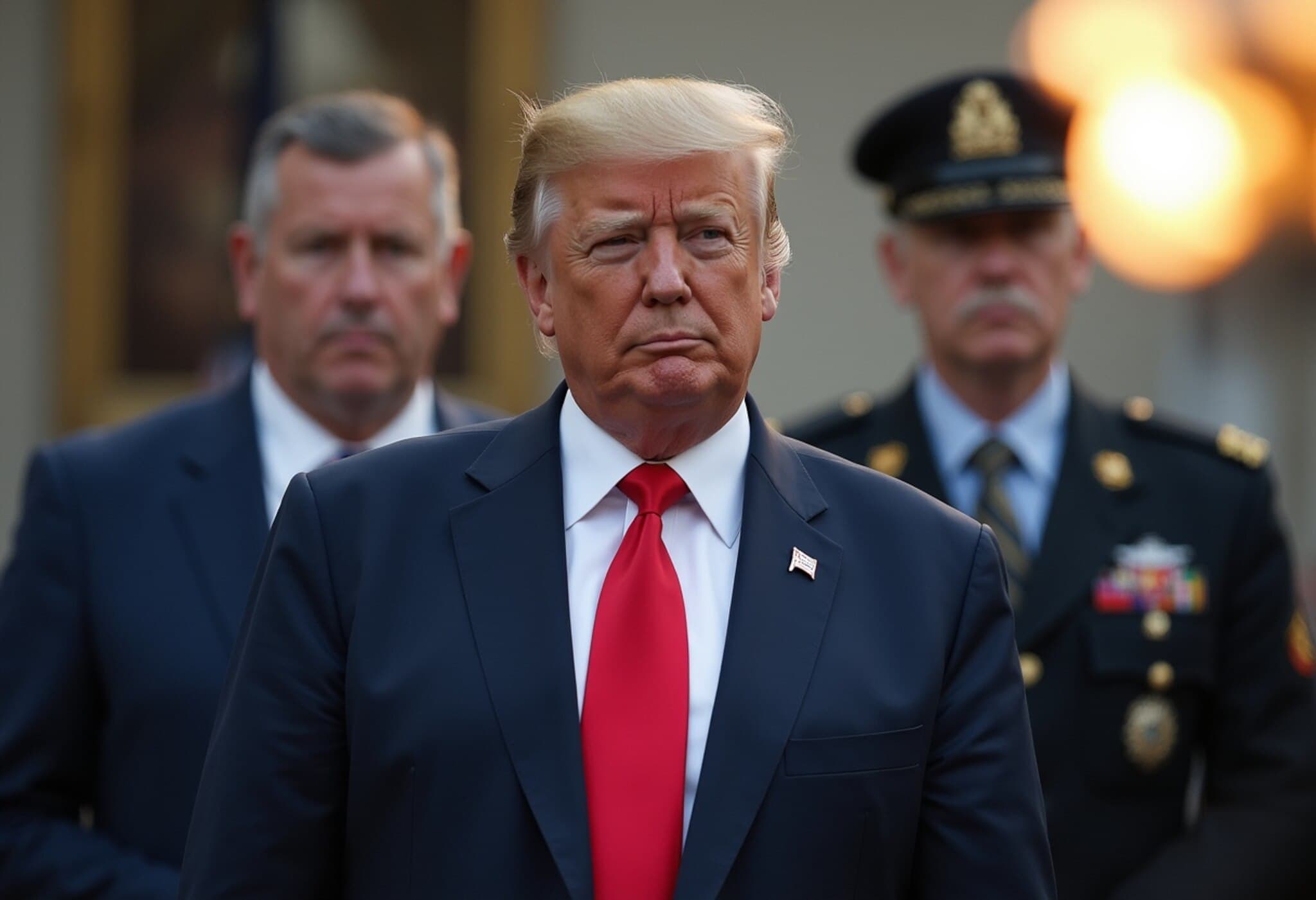Deadly Bar Shooting Highlights Ecuador’s Escalating Gang Violence Crisis
In a stark reminder of Ecuador’s intensifying struggle with organized crime and gang-related violence, at least seven people lost their lives when gunmen opened fire inside a bar in Santo Domingo. This city, situated roughly 150 kilometers west of the capital, Quito, has been jolted by this tragic episode amidst a disturbing nationwide spike in violent crime.
The Incident: A Chilling Attack
The shooting took place late Sunday night in a popular pool hall located in Santo Domingo's nightlife district. Ecuador’s national police confirmed that all seven victims died from gunshot wounds. Gruesome video footage, reportedly captured by security cameras at the venue, began circulating on social media shortly after the attack, painting a grim picture of the sheer brutality involved.
Context: A Pattern of Deadly Attacks
This massacre is not an isolated event but part of a worrisome pattern that has gripped Ecuador throughout 2024 and into 2025. Just last month, armed assailants killed at least 17 individuals inside a bar in Guayas province, a region that has become a hotspot for gang conflicts fueled by drug trafficking rivalries.
Adding to the furor, another deadly shooting occurred only a week prior in Playas, a coastal resort town also within Guayas. Nine victims were killed during what police later described as a case of “collateral damage” — innocent bystanders caught in gang crossfire. This sequence of violent episodes underscores the precarious security landscape in Ecuador’s urban centers.
Why is Ecuador’s Violence Surging?
Since President Daniel Noboa initiated a tough crackdown on organized crime last year, Ecuador’s homicide rate has alarmingly climbed to 38 killings per 100,000 inhabitants, one of the highest in Latin America. Government data from January to May 2025 alone reveal a staggering 4,051 homicides, a figure that shocks both regional neighbors and international observers.
The root causes are complex but closely tied to Ecuador’s strategic position in the global cocaine trade. Estimates from officials indicate that nearly 75% of the world’s cocaine supply funnels through Ecuador, making it a hotbed for violent turf wars among criminal factions vying for control.
Expert Insight: The U.S. and Regional Policy Implications
The rise in Ecuadorian violence has significant implications for U.S. policymakers and regional security initiatives. Situated on key drug trafficking corridors, Ecuador’s instability threatens to exacerbate drug flows into the United States and undermine progress on hemispheric security frameworks.
Experts suggest that beyond heightened military crackdowns, a comprehensive approach addressing socio-economic inequality, corruption, and judicial reform is critical. The human toll—innocent civilians caught in the crossfire—raises urgent questions about how effectively governments can protect vulnerable communities while dismantling entrenched criminal networks.
What’s Next for Ecuador?
As Ecuador reels from these tragedies, there is growing pressure on officials to intensify anti-gang campaigns without neglecting human rights and community rebuilding. The recent Santo Domingo shooting, along with prior attacks, serve as grim markers of the country’s ongoing crisis—one demanding urgent attention from national leaders, regional partners, and international bodies.
Community Impact and Human Stories
While the headlines capture the scale of violence, the human stories behind the statistics often go unheard: families shattered, young lives cut short, and communities living under daily threat. Local organizations have called for greater support and mental health resources to heal the wounds left by relentless gang conflicts.
Summary
- Seven killed in a bar shooting in Santo Domingo amid escalating gang violence in Ecuador.
- Recent months have seen multiple deadly attacks in Guayas province and surrounding areas.
- Ecuador’s homicide rate surged to 38 per 100,000, linked to drug trafficking and gang turf wars.
- Violence impacts regional security, with implications for the US and Latin America.
- Experts urge comprehensive reform alongside law enforcement measures.

